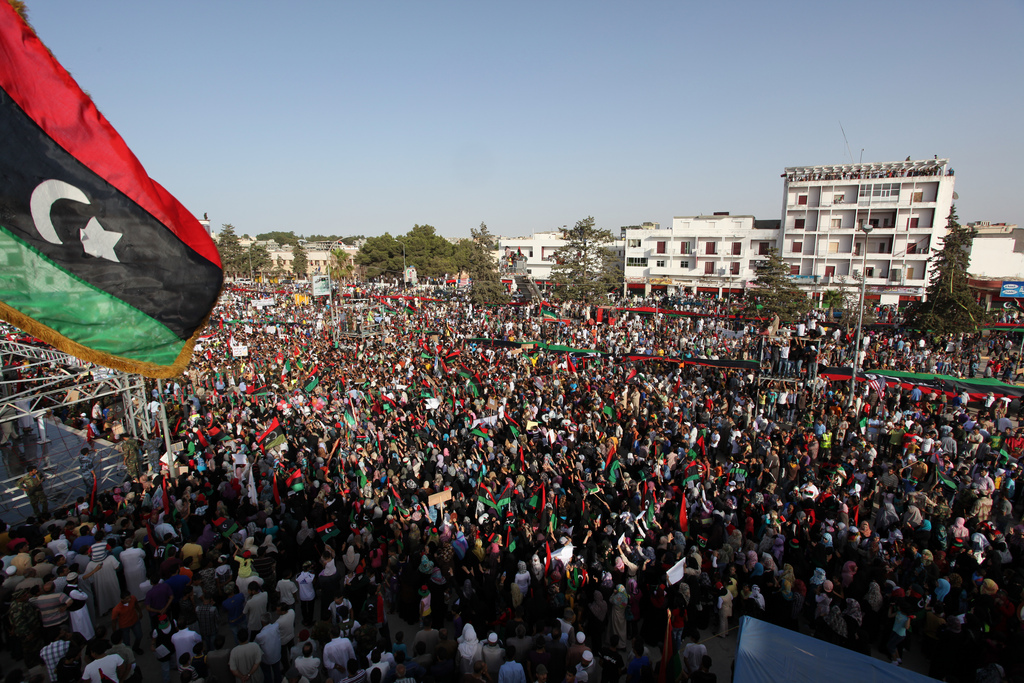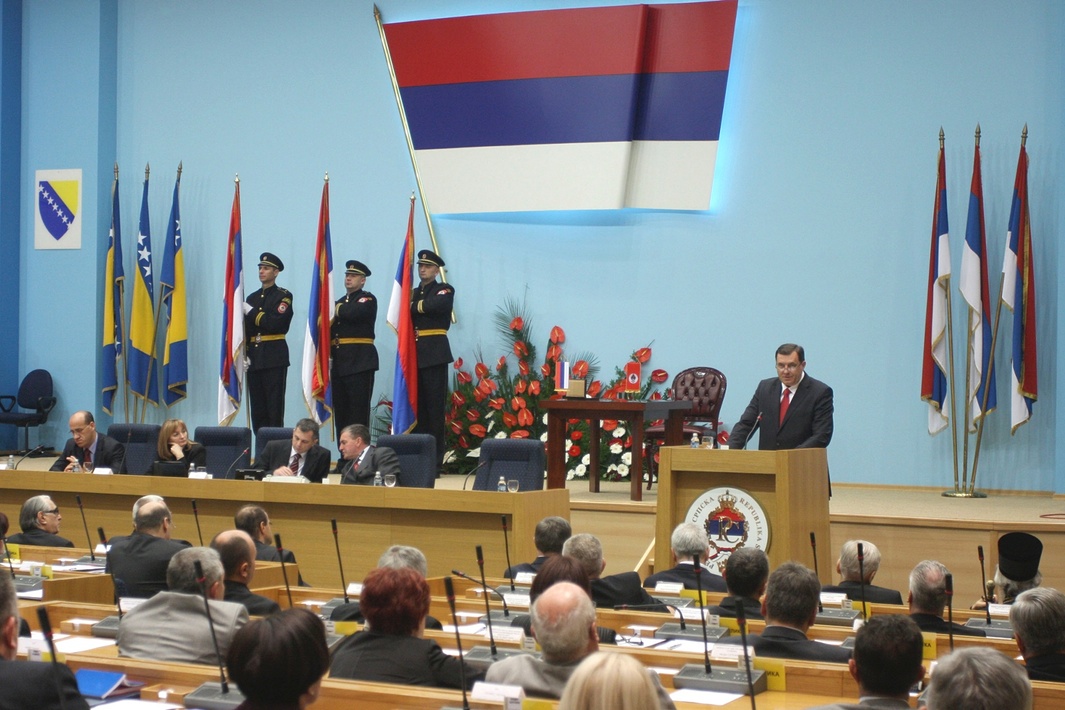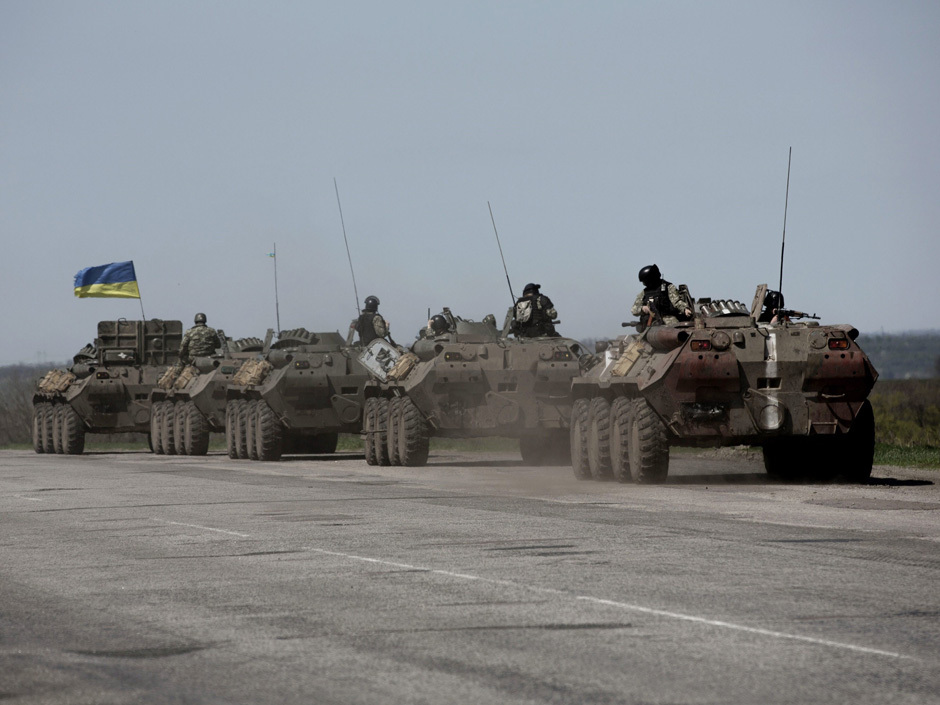The final part of this series will examine the NATO Economics and Security Committee report dealing with terrorism financing. The report considers the struggles Western governments face in their anti-terrorist efforts, and notes the increasing importance of combating terrorism from a financial aspect. Although terrorism has taken on a myriad of forms, from large and rich organizations like ISIS to lone-wolf terrorists operating in relative isolation, what unites both extremes is a common need for funding to carry out operations, sustain its members, and cover outreach and recruiting expenses. As the document points out:
“Terrorist organizations cannot operate without funding and that requirement represents a potential Achilles heel which exposes these organizations to countermeasures and offers a line of inquiry for those engaged in counter-terrorist endeavours.”
Where do the funds originate?
A project conducted by the Norwegian Defence Research Establishment revealed that 90% of the terrorist groups it studied were involved in income-generating activities, and nearly half were entirely self-financed. Self-financed terrorist groups generate and move money through a variety of legal and illegal channels. These methods range from state sponsored funding to tax evasion and petty crime. Self-financing can also include the use of legal salaries, social welfare payments, and support from family and friends. According to the draft, “individuals who have plotted attacks in Western Europe have commonly relied on funding from the salaries and savings of cell members.” Other lucrative methods of terrorist financing include: drug trafficking, arms trafficking, human trafficking, and credit and check fraud.
How are the funds moved?
Although the formal banking sector may be the riskiest method for moving terrorist funds, the majority of capital is moved through internationally connected banks and the international trading system. Despite new international guidelines that require banks to maintain records of their customers and flag suspicious transactions, banks remain vulnerable to abuse by terrorists who receive assistance from corrupt employees engaged in money laundering operations, or who can exploit contaminated correspondent accounts.
What is the international response?
After the September 11, 2001, attacks, the US began implementing a series of initiatives to track financial transactions that might be linked to terrorist operations. An example of this is the International Money Laundering Abatement and Anti-Terrorist Financing Act of 2001. As a result of this legislation banks are now required to check customer information against a list of organizations and individuals suspected of having ties to terrorist organizations.
Canada enacted a similar law and established the Financial Transactions and Reports Analysis Centre of Canada (FINTRAC) in 2000 to counter suspected money laundering. It was expanded a year later to coordinate with the Canadian Security Intelligence Service, and now acts as Canada’s financial intelligence unit. Its purpose is to facilitate the detection and prevention of terrorist financing that threaten Canadian security, while maintaining the security of personal information.
The urgency for international action has been furthered by the rise of ISIS. The UN and EU have both looked at existing laws and agreements, and enacted new frameworks to improve their anti-terrorist finance regime. In fact, this June the EU mandated its member states to maintain central registers listing information about the owners of corporate and other legal entities in order to ensure greater transparency in financial transactions. NATO has also crafted the Partnership Action Plan against Terrorism, which is a framework facilitating deeper cooperation between Allies and Partner countries in the fight against terrorism.
Overall, these new controls have made it possible for countries to engage in financial monitoring, and have allowed successful strategies to emerge. For countries that have not adopted the standards needed to achieve this goal, the Financial Action Task Force places them on a blacklist, and offers assistance to help change their status to a cooperating country or territory.
The way forward
When it comes to the financial needs of a terrorist organization, military operations are only the tip of the iceberg. The September 11 attacks amounted to a total cost of only US $500,000 for Al-Qaeda, and more recent attacks such as the July 2005 London transport bombing have cost substantially less at GBP 8,000. This drop in expenditure has made tracing the source of funding extremely difficult. Most terrorist operations today, aside from ISIS, are more fragmented without any permanent base, further aggravating the problem.
Thus, while present measures are beneficial, methods of terrorist financing have shifted substantially requiring additional countermeasures. As the author notes,
“Terrorists are highly flexible and have demonstrated a powerful capacity to adjust to shifting regulatory and law enforcement procedures.”
Consequently, lawmakers and regulators must think in an anticipatory and proactive fashion in order to remain one step ahead of terrorist organizations.
In this high stakes game, “the goal should be to complicate the lives of terrorist financiers by making their operations costlier, more complex, vulnerable, slow and ever less convenient.” Since capital moves easily across national borders, it is impossible for one country to tackle the problem alone, making international partnerships crucial.
Click here to see the first article in this series.





